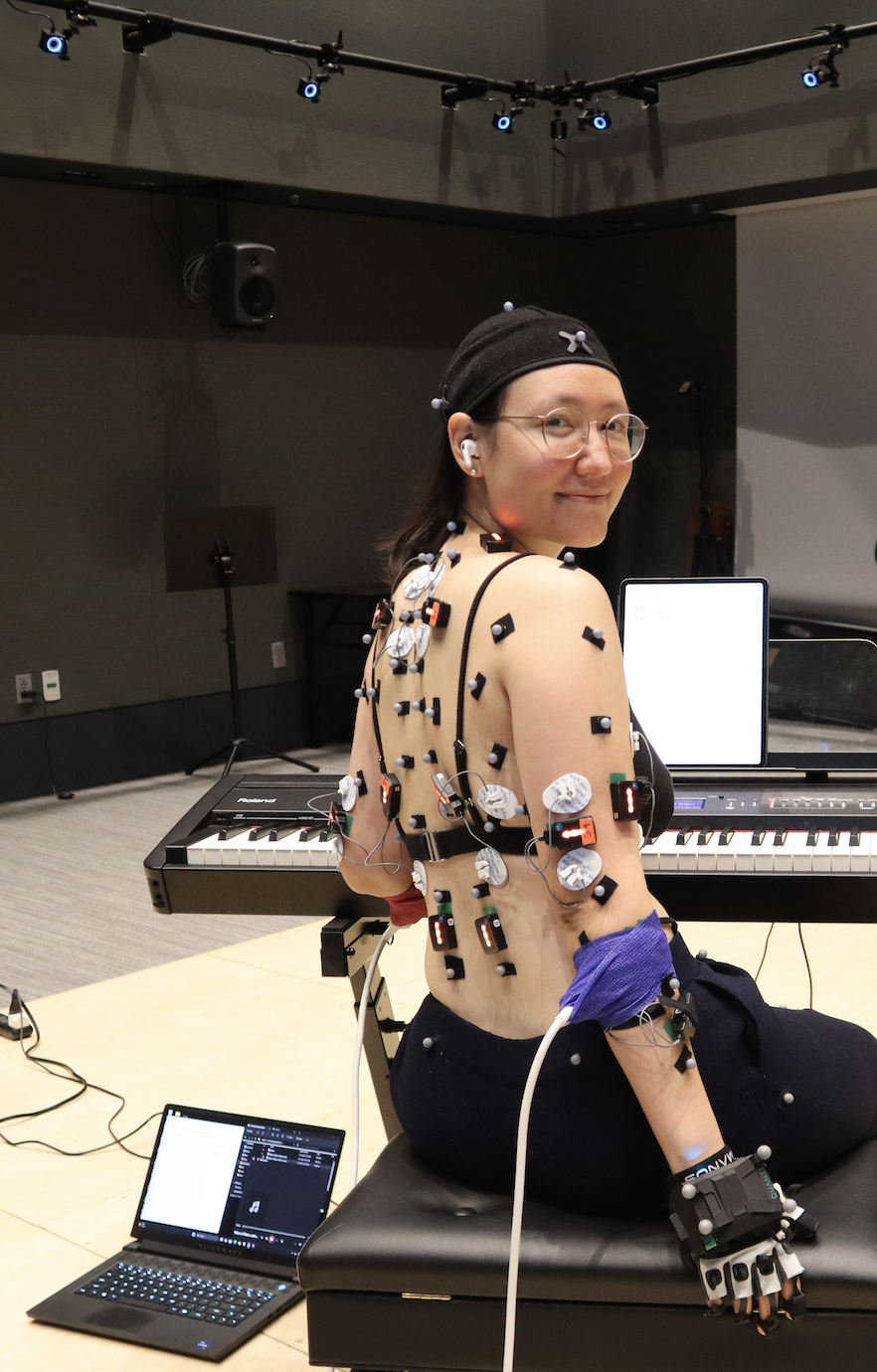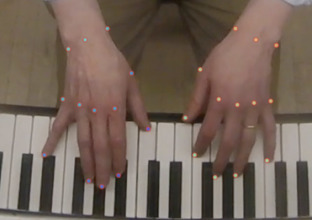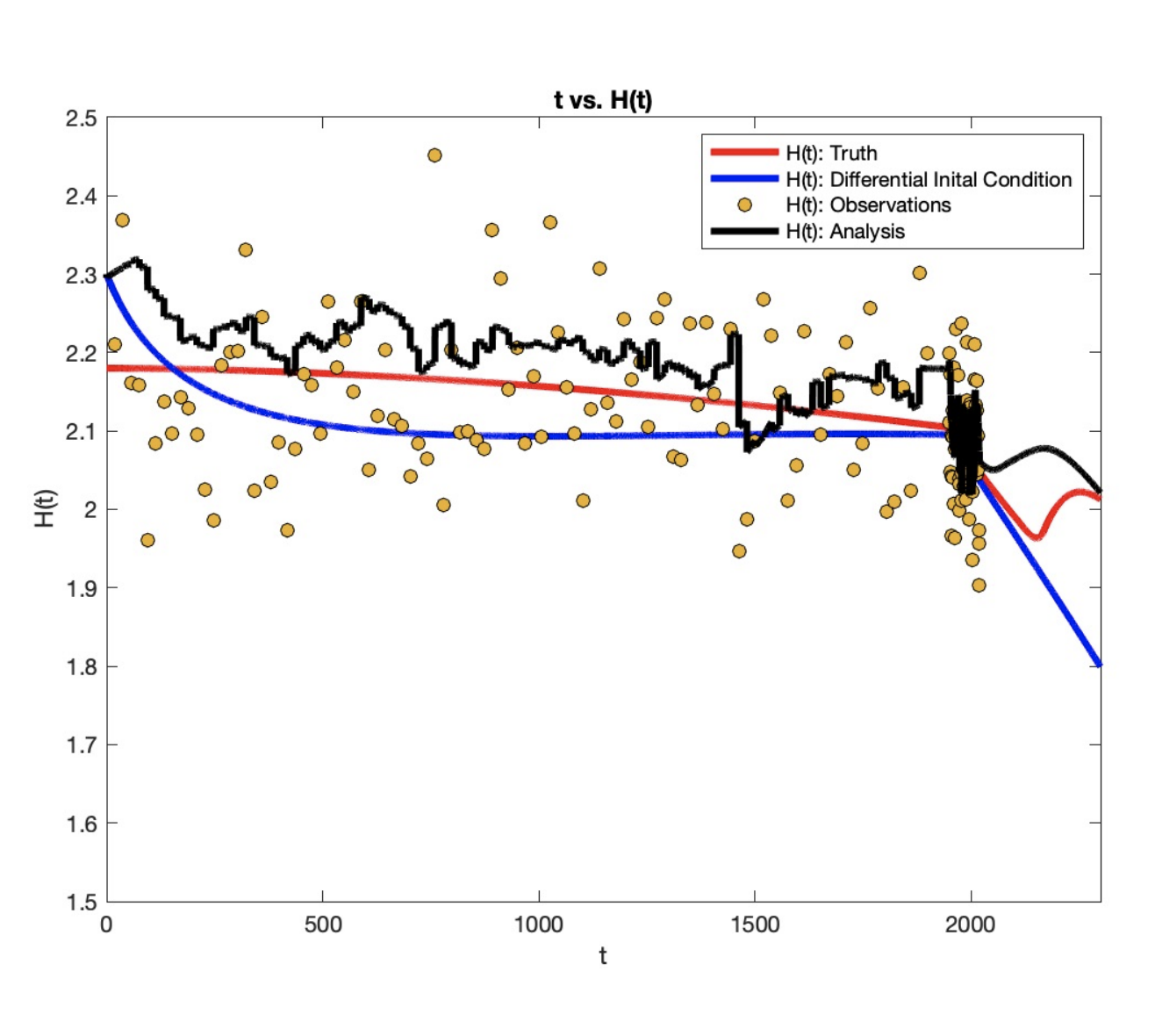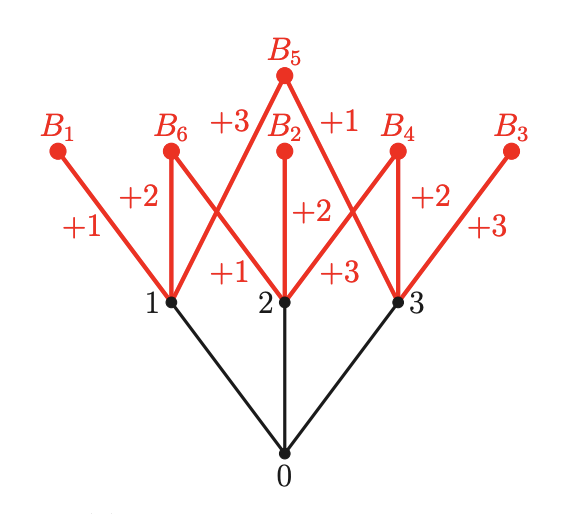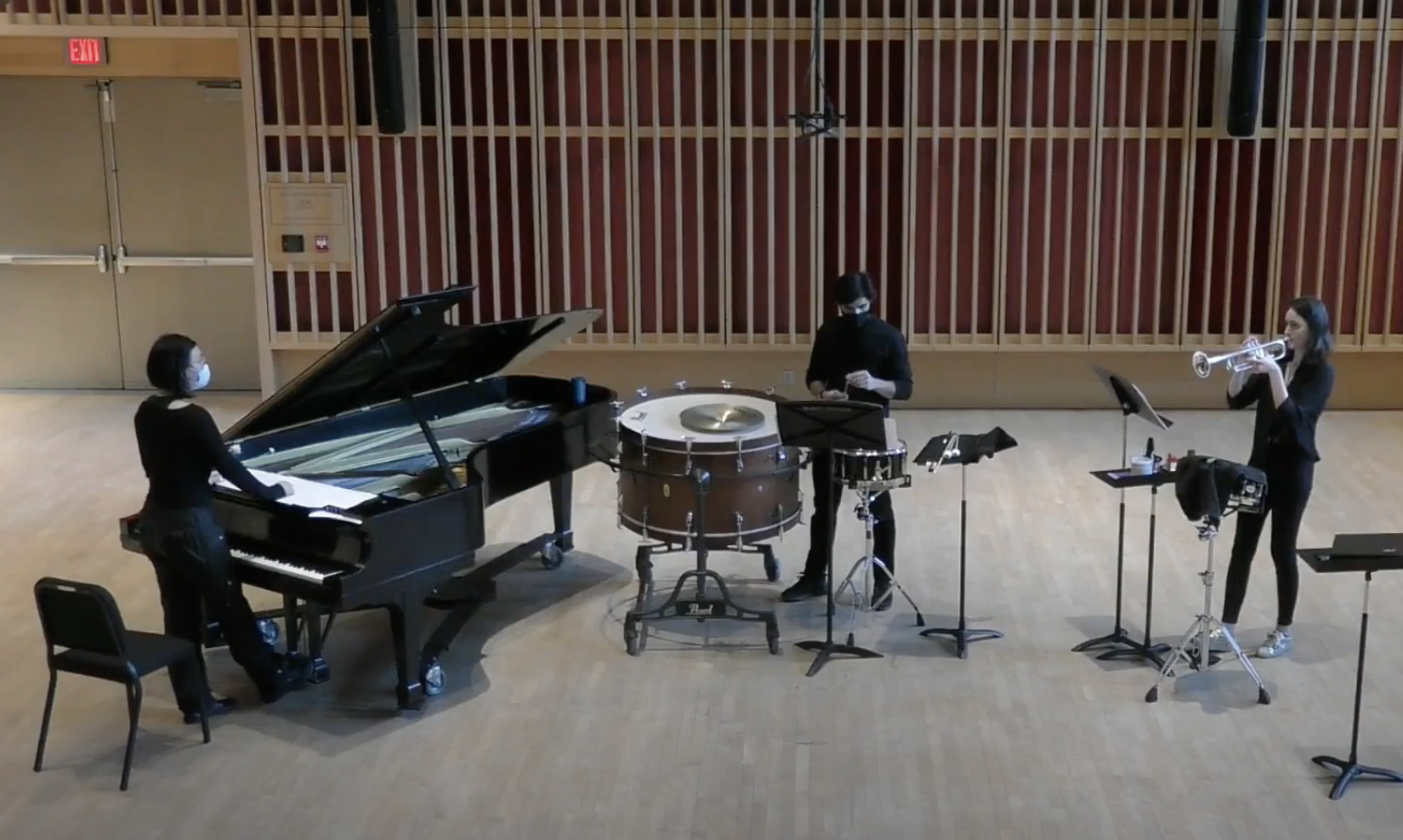A good chunk of my favorite german literature is written by Thomas Mann and Herman Hesse. Their writing looks through the world with such clarity, heaviness, beauty and ...human-ness. I also greatly adore german poetry, like Rilke's. I enjoy the occasional deliciously mad german short story too, like this one by Hofmannsthal.
Marcel Proust's enormous and ever so sensitive 'À la recherche du temps perdu' has been a trusted companion in recent years, and no finer storytelling or narrative insight ever was.
English literature is my childhood. Dickens, Austen, Wilde, Poe, Joyce, the Brontë sisters, Woolf, Rowling, Twain, Lewis, Carroll,... the list of childhood companions goes on and on.
Russian literature..ah! So many novels with epically huge arcs! Of this category, 'The Brothers Karamazov' is probably my favorite, and "White Nights" perhaps my favorite novella. Thank you Dostoyevsky.
Recently, I've been reading into the russian revolution of 1917, and the environment that lead to it.
World war, what a time to have a revolution, heh... Anyhow, fascinating stuff! It's also a bit of a fun easter egg hunt:
there are so many names, plots and story arcs that I recognise from various
novels, movies and comics!
